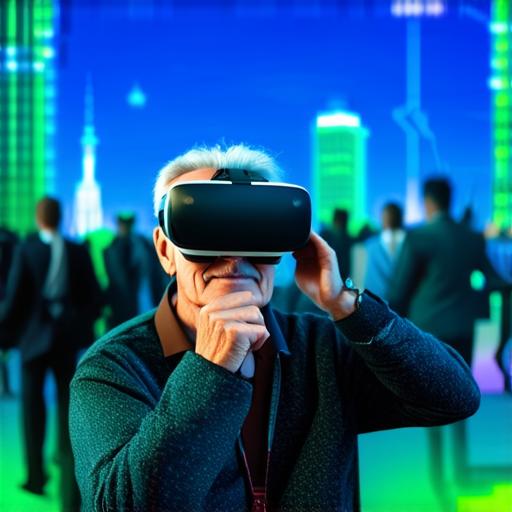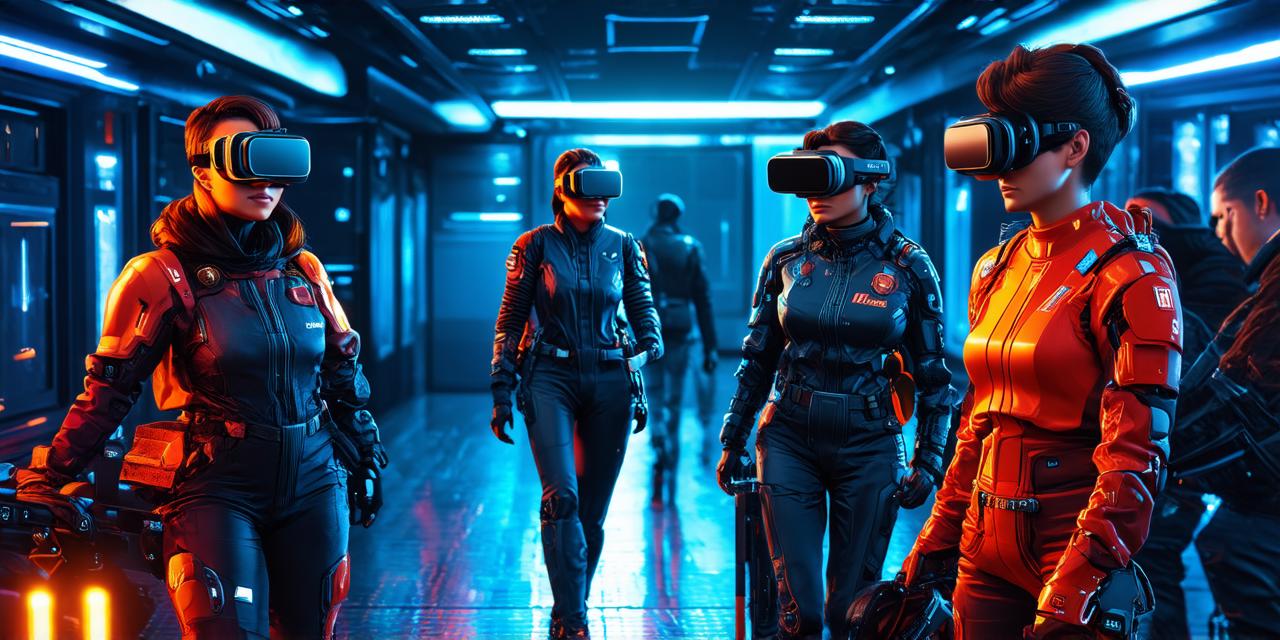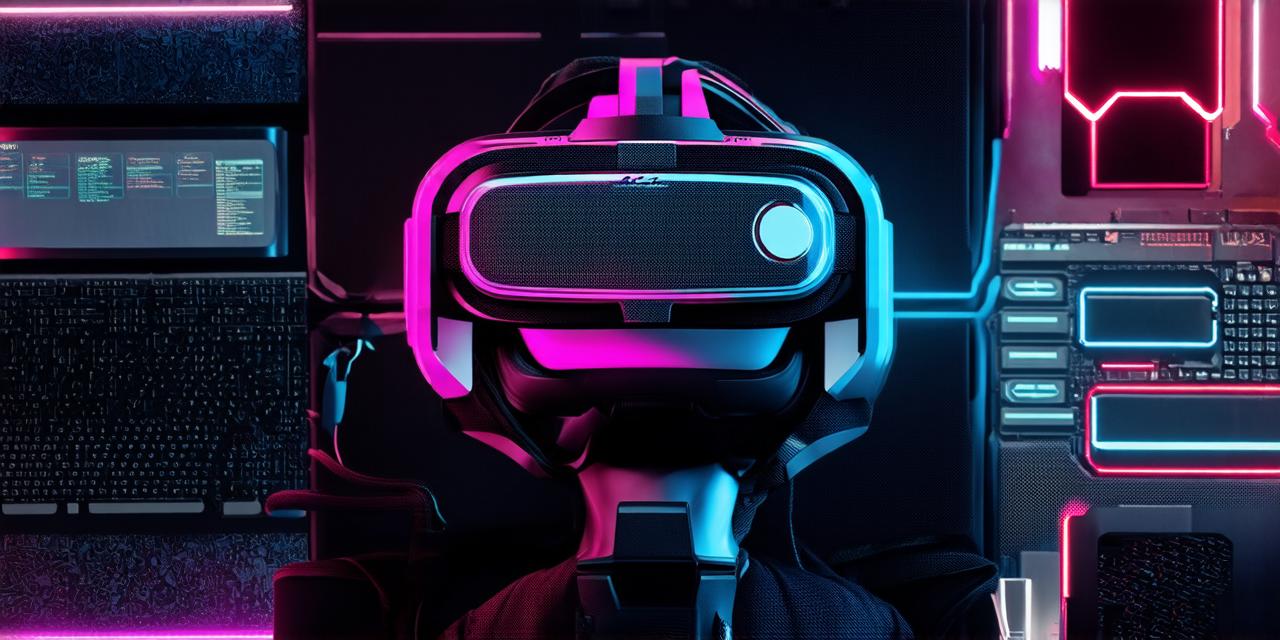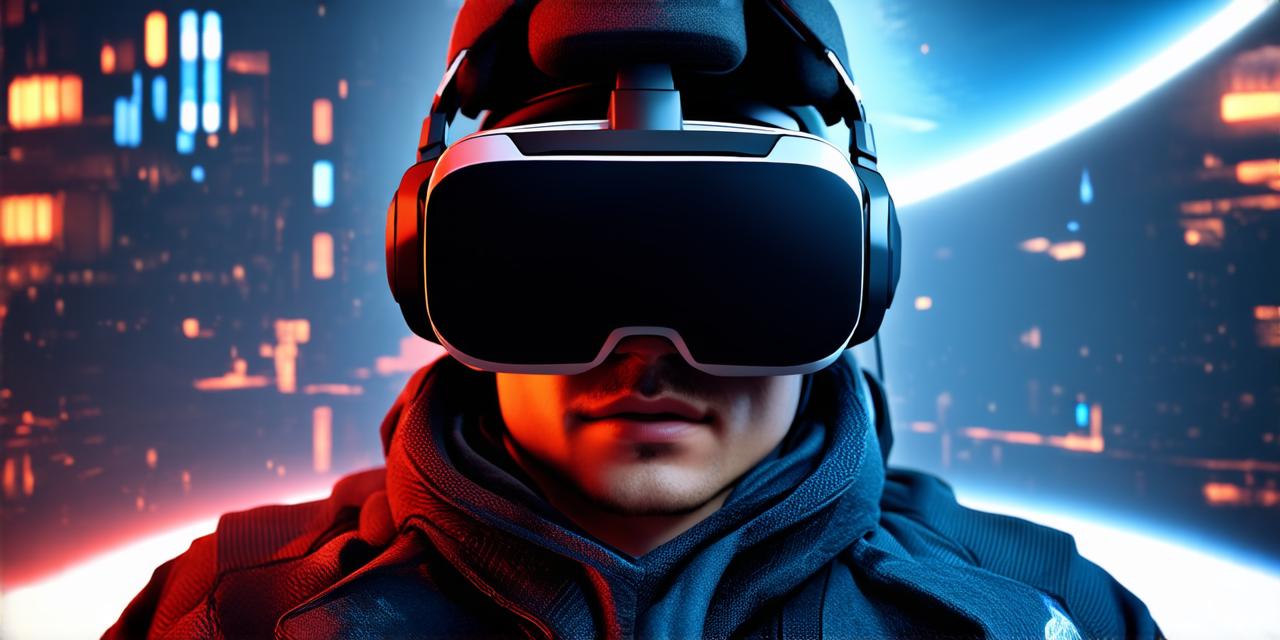Virtual reality (VR) is a technology that has been around for several years now, but it’s only in recent times that we have seen its potential fully realized. VR allows users to experience things that they may never have the opportunity to see or do in real life, such as exploring outer space or diving into the depths of the ocean.
However, virtual reality can also be used to make experiences more accessible to everyone, regardless of their physical abilities or disabilities.
Virtual Reality and Disability Access
Virtual reality has the potential to revolutionize the way that people with disabilities experience the world around them. For example, virtual reality can be used to create simulations of real-world environments that are accessible to people with mobility impairments.
This allows them to explore and interact with these environments in a safe and controlled environment, without the risk of injury or harm.
Virtual reality can also be used to help people with visual impairments by providing them with audio cues and other sensory feedback that can help them navigate their surroundings.
For example, virtual reality headsets can provide haptic feedback, which allows users to feel vibrations in response to changes in their environment. This can help people with visual impairments to understand their surroundings and navigate more easily.
Virtual Reality for Education and Training
Virtual reality is also being used in education and training to make experiences more accessible to everyone.
For example, virtual reality simulations can be used to train medical students and professionals on how to perform complex procedures without the risk of harming real patients.
This allows them to practice their skills in a safe and controlled environment, which can improve their overall performance and reduce the risk of errors.

Virtual reality can also be used to provide students with immersive learning experiences that are not possible in traditional classroom settings.
For example, virtual reality simulations can be used to teach history by allowing students to explore ancient civilizations or historical events in a way that is both engaging and educational.
Virtual Reality for Entertainment
Virtual reality is also being used in entertainment to create immersive experiences that are accessible to everyone.
For example, virtual reality games can be played on any device with a screen, making them accessible to people who may not have access to more advanced gaming systems.
This allows everyone to enjoy the benefits of gaming, regardless of their physical abilities or disabilities.
Virtual reality is also being used in the entertainment industry to create virtual concerts and other events that are accessible to people all over the world.
For example, the virtual concert industry has exploded in recent years, allowing people to attend concerts and other live events from the comfort of their own homes. This can be especially helpful for people with disabilities who may have difficulty attending live events due to physical limitations.
Conclusion
In conclusion, virtual reality has the potential to make experiences more accessible to everyone. From education and training to entertainment and beyond, virtual reality is being used in a variety of ways to help people with disabilities experience the world around them in new and exciting ways.
As virtual reality technology continues to evolve, we can expect to see even more innovative uses of this technology that will make experiences more accessible to all.



